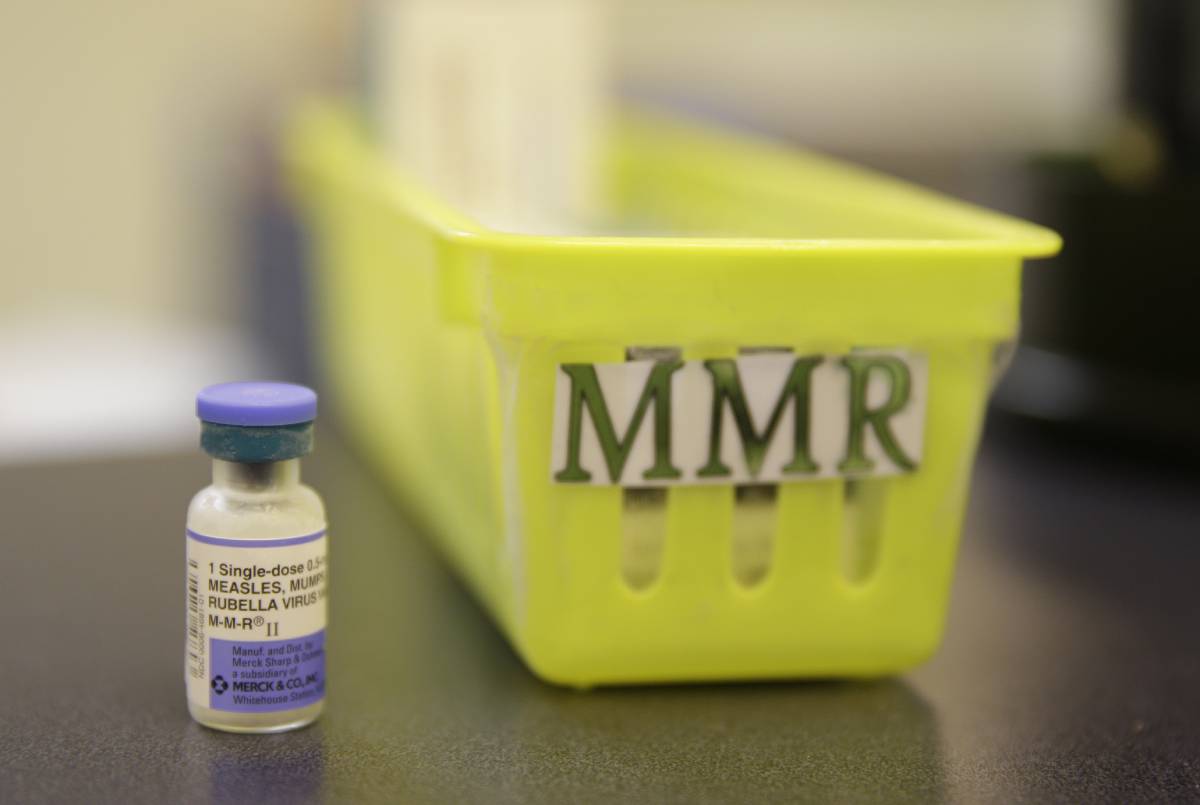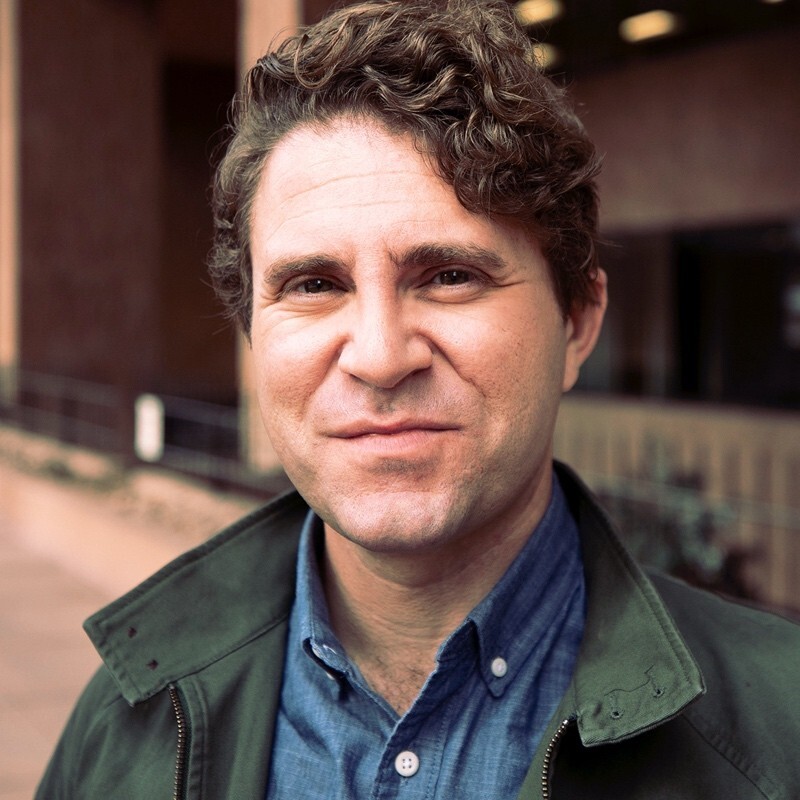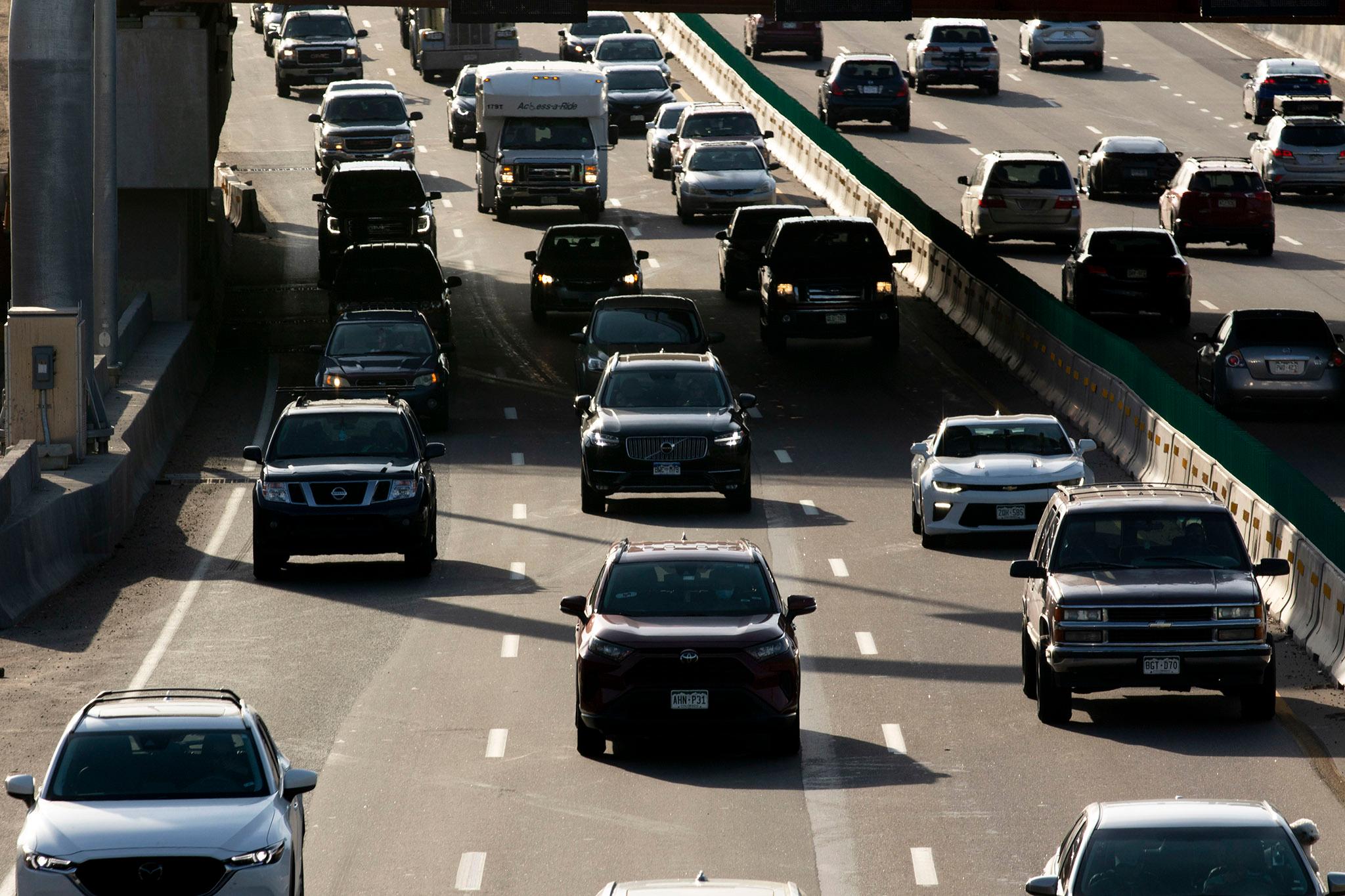
Volunteer firefighters protect about half of Colorado’s residents, with solely volunteer departments being responsible for about 70 percent of the state’s land surface.
And they are significantly understaffed.
The Colorado State Fire Chiefs Association estimates that Colorado is short 3,500 volunteers in meeting National Fire Protection Association (NFPA) standards. That would require an increase of more than 40 percent to the present force.
“Generally, all fire departments that have volunteers need more volunteers,” said Garry Briese, executive director of the fire chiefs association.
Like their career counterparts, volunteers are expected to respond at all hours of day and night, often over extended distances, and in all weather conditions. They face the same obstacles, inherent health risks and physical dangers. The difference is that they don’t get paid.
There are 198 all-volunteer departments in Colorado serving more than 450,000 residents, and an additional 137 agencies that are a combination of career and volunteer firefighters. These “hybrid” stations serve 2.2 million residents, and 33 of them have only one or two paid firefighters.
To give perspective to the size and shape of all volunteer fire departments against their vast responsibilities, they average nine firefighters per 1,000 residents and six per 100 square miles, an area about two-thirds the size of Denver.

A Rocky Mountain PBS I-News analysis of state fire agency records highlights the critical role played by volunteers, as well as the impact of shortages on response times and numbers of responders. The data show:
- At least 43 departments are completely within the Colorado red zone – the territory most prone to destructive wildfires. Twelve of those departments are made up entirely of volunteers and 25 are hybrid departments. The red zone departments protect more than 300,000 Coloradans.
- On average, all-volunteer departments took 30 minutes to muster six firefighters to a wildfire, while hybrid departments averaged almost 45 minutes to reach similar incidents with fewer than five responders, according to a state survey.
- The average response time to all fire categories was 18 minutes with fewer than six responders, numbers below recommendations set by the NFPA.
- A volunteer department in a designated rural area should send at least six respondents to an incident within 14 minutes. The standards allows for four respondents in designated remote areas. The majority of areas protected by volunteers in Colorado are considered rural or remote.
“Volunteers go out sometimes with two or even just one person,” Briese said. “But the optimal number is four and we want no less than three – but to do that we would need a pool of about 30 volunteers (for each department).”
Of the 198 all-volunteer stations, 162 departments – or 82 percent – have fewer than 30 volunteers.
The Peyton Fire Protection District east of Colorado Springs, for example, protects a population of more than 10,000 Coloradans and 110 square miles, but has only 15 volunteers.
Mike Heckard, volunteer lieutenant in Peyton, said the obligations faced by volunteers, primarily work, and their short numbers, can mean that only one volunteer will respond.

“Sometimes we have volunteers who will be at the station and when we get a call they can respond straight from here,” Heckard said. “But a lot of our members work in Colorado Springs which is about half an hour away – so it really depends on the time of day we get the call.”
Heckard said nights and weekend emergencies see faster response times and more responders.
“Obviously time is a concern for us,” said Daniel Hatlestad, deputy chief of the Inter-Canyon Volunteer Fire Department in Jefferson County. “Fires change – it is extremely rapid in a house fire, where it can literally double in just a matter of minutes.”
But with few volunteers available, especially during the work week, longer response times can be inevitable.
“One of the things about our department is that because we are all volunteers, we can always use more volunteers,” Heckard said. “That’s kind of a volunteer-wide problem right now.”
The Rock Creek Volunteer Fire Department covers about 350 residents in north Eagle County. Volunteer fire chief Brita Horn said her department’s operations are critical, but with only about 12 total volunteers it’s difficult to muster a big response.
“The people who actually live here in this area, who can actually make the call, there are probably six to eight who can actually respond,” Horn said. “We are lucky to get two people to respond.
“Most of us work during the day and we work in other communities and might be even an hour away,” said Horn, who is the Routt County treasurer, on top of her duties with Rock Creek. “We do have rolling tires within six minutes of receiving a call, but we respond from our homes or our work or our ranches.”
The Rock Creek district covers some 250 square miles.
“We can call up a strike team from other fire departments, but it can take about an hour for anyone to show up,” Horn said.
In 2012, the Inter-Canyon volunteers were among the first responders to the Lower North Fork Fire, one of the first in a series of highly destructive fires that year.
“It destroyed 28 structures (including 22 homes) and three people died,” Hatlestad said. “Ultimately, it took hundreds of firefighters, volunteers and career, to beat that one.
“This year we have had only two very, very small wildland fires,” he said. “It’s all dependent on the weather – but in other years we will have tremendous land fires.”
Volunteer firefighters are also first responders in case of medical emergencies, motor vehicle accidents and natural disasters. Only 15 percent of their calls are to actual fires.
“People see the fire department as that one source for emergencies,” Hatlestad said. “We have assisted in horse rescues, hazardous materials, rope rescues – like in searches near the canyons – and that’s a completely different set of talents and knowledge to complete those kinds of rescues.”
Last September’s flooding along West Creek devastated Glen Haven, an unincorporated community northeast of Estes Park, with volunteer firefighters acting as first responders, community organizers and cleanup crew.
“We were lucky the new (fire station) building was about 90 percent complete by the flood – because our old one was washed away,” said Jason Gdovicak, volunteer chief of the Glen Haven department. “The new station became the sort-of town center and now we are kind of getting back to normalcy.”
The flood pushed many residents to volunteer, and to seek to join the fire department. But Gdovicak had to draw the line – the department simply could not afford it.
“It costs about $5,000 per volunteer,” he said. “That covers their training and safety equipment so the firefighter doesn’t have to put any money up.”
Training and protective gear are critical elements to maintaining an effective and safe volunteer force. But in Colorado, it’s all voluntary. There is no statute requiring firefighters to become certified, even though many departments push it.
“We do tons and tons of medical training, and we have to restart every year,” said Rock Creek chief Horn. “It’s all basic medical first responder – stop the bleeding, start the breathing.”
Volunteer departments often use training as a way of maintaining interest.
“The fewer fires you have, the fewer activities, the more volunteers will drift away,” Briese said. “We have to have a purpose and there are a lot of demands on our time right now.”
But training can also cost a significant amount of time and money. Then there is fundraising, which can be burdensome.
“Many of the all-volunteer departments raise their money with things like pancake breakfasts,” Briese said. They host fundraisers, apply for grants, or establish support through local tax levies.
“It’s all through fundraising and donations,” Gdovicak said. “We’re not a tax district and so in the middle of this summer we had a record year (raising $26,000) with the pancake breakfast.”
Horn said Rock Creek’s fleet consists of six donated fire trucks, and used protective gear has been donated, as well.
“We are always asking for donations from the community and I write a ton of grants every year to try to pay for things,” she said. “We have to get equipment, radios and wildland gear, and these things are really expensive.”
Most volunteers face the struggle of balancing their careers, families and futures with the time commitment to train and the physical risks of volunteering.
“For me, the biggest challenge is the responsibility of getting everyone home, making sure everyone is safe,” Gdovicak said. “It’s a struggle at times and you just do the best you can do, the best for the community.”
As these volunteers consider the needs of their community, they say the benefit of taking on these challenges outweighs the risks.
“It’s what I love to do, I love helping people, I love the family that we have down here, I love everything about it to be honest,” Heckard said. “There’s no paycheck that they can write you for the feeling that you get when you are able to help someone.”
__
KRCC brings you this report in partnership with Rocky Mountain PBS I-News. Learn more at rmpbs.org/news. Contact Katie Kuntz at [email protected].








